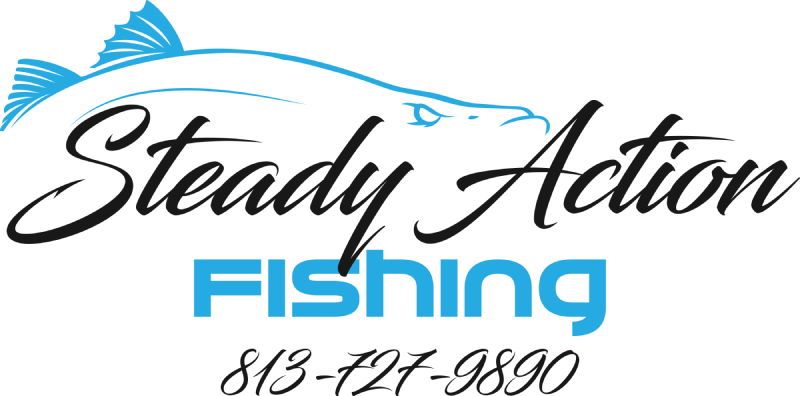By using our website, you agree to the use of cookies as described in our Cookie Policy
Catching big fish on light tackle can take your fishing skills to the next level. It requires patience and understanding of your equipment, but once you figure that out, you’ll never go back to heavy equipment again. Light tackle fishing can be compared to a game of chess between you and the fish. It’s a series of give and take that requires you to be focused and quick thinking. There are some great advantages to inshore light tackle fishing, but there are also disadvantages. Tampa Bay offers up a unique playground for light tackle anglers that are always perfecting their skills and looking for their next opponent. Let’s look at some advantages, disadvantages, and techniques associated with light tackle inshore fishing.
What is considered light tackle? Light tackle is relative to the fish you’re targeting, or better yet, catching. Think of it this way, catching a dink trout on 10lb. test wouldn’t be considered light, but that same setup battling, say, an over slot redfish would be. As you can probably gather, sometimes you don’t always get the choice on what you hook, so even if you weren’t planning on using light tackle, it may sometimes end up that way. Knowing how to handle that situation is good information to have. Inshore fishing in the Tampa Bay area is a great area to refine your light tackle skills on a variety of saltwater species. A light tackle setup in Tampa’s waters would go something like this: 7’ rod in medium to medium light power, and a 1500-3000 sized reel spooled with 10-20 lb. braided line with a 20” fluorocarbon leader of about 12-20 lb. This setup can handle most anything out there.
There are many advantages to using a light tackle setup, but the biggest advantage may be the fact that you are able to cast smaller and lighter lures much further than with a heavy setup. Sometimes that is necessary when the bait that the fish are chasing is on the smaller size. That is a common occurrence when fishing saltwater flats. Also, the smaller diameter in line will oftentimes result in more strikes, as the fish have a harder time detecting the line. But there are always two sides to every setup. At the same token, the light weight setup is more susceptible to breakage by either the fishes’ rough mouth/teeth or by obstacles such as oyster bars.
Now comes the fun part: playing a large fish on light tackle. This is where it gets tricky. You’ll want to start by keeping your drag moderately set. As the fish makes long, hard runs or leaps into the air, loosen your drag. As the fish becomes tired, you can tighten the drag to get a bit more leverage on them. This is a process that you must learn and is a feeling that will come over time. You will also want to keep constant pressure on the fish. Do this by keeping your rod tip up in the air and slack reeled up. Also try to change the fish’s direction; the fish will have to expend more energy countering your moves, thus wearing it out more quickly. When landing, it is a good idea to have your fishing partner man the net. If that isn’t an option, use a long handled net to reach out and secure the fish. Many fish are lost during the netting as they tend to make thrash and panic, often times resulting in a broken line. If releasing the fish afterwards, be sure to take the time to revitalize the worn out fish. Hold it gently in the water and allow the water to run over its gills. The fish will let you know when it’s ready to swim off freely.
Fishing with light tackle can perfect your skills as a fisherman. The adrenaline that rushes through you when battling a large fish on light tackle is a feeling like none other. Contact Captain Jason Prieto who specializes in light tackle guided fishing charters in the Tampa Bay area, and he can coach you through the fight. Book a guided trip with Capt. Jason and you’ll be a light tackle fishing pro in no time!
‹ Back


